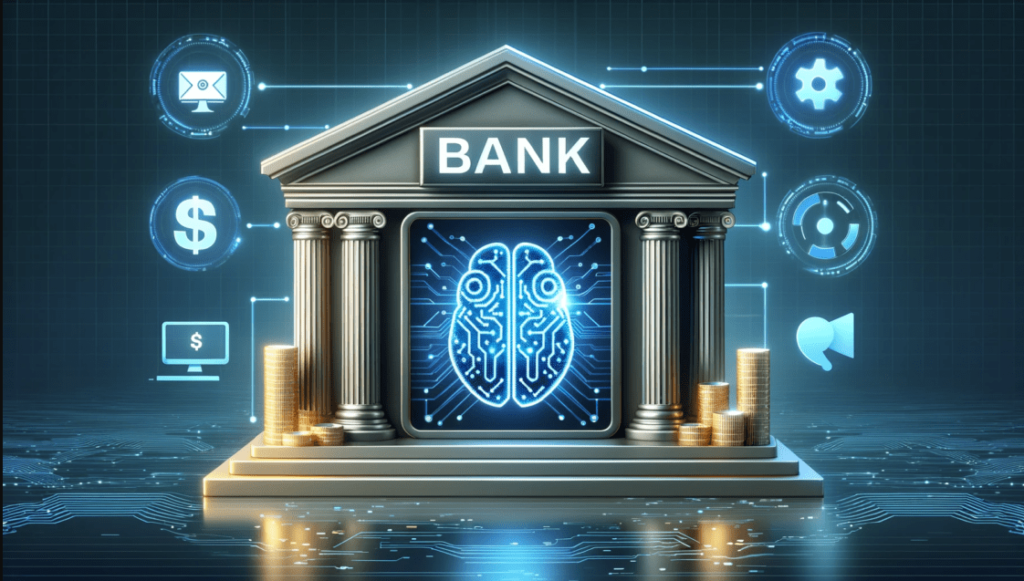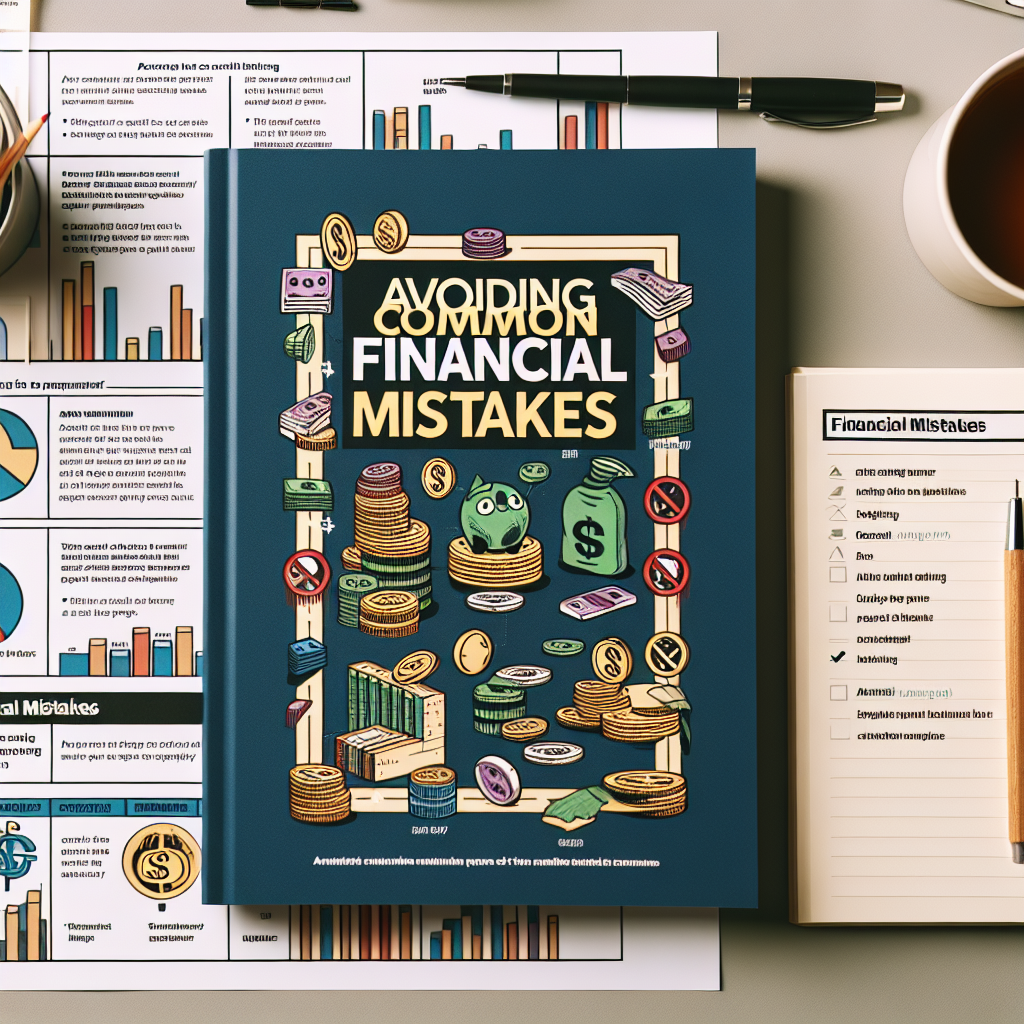
Decentralized Finance (DeFi) has emerged as a disruptive force in the financial sector, challenging the dominance of traditional banking. By leveraging blockchain technology, DeFi offers financial services such as lending, borrowing, and trading without the need for intermediaries like banks. But can it truly replace the traditional banking system? Let’s explore the key aspects of this transformation.
1. The Core Differences Between DeFi and Traditional Banking
Traditional banks operate as centralized institutions that control financial transactions, enforce regulations, and provide security. In contrast, DeFi relies on decentralized protocols, smart contracts, and cryptocurrencies to enable peer-to-peer transactions without intermediaries.
- Accessibility: DeFi platforms are open to anyone with an internet connection, whereas banks often require extensive documentation and approval processes.
- Control: DeFi users have full control over their assets, whereas banks act as custodians of customers’ funds.
- Transparency: Transactions on DeFi networks are recorded on public blockchains, enhancing transparency compared to traditional banks’ opaque operations.
- Speed and Efficiency: Traditional banks often take days to process international transactions, while DeFi transactions are completed within minutes.
- Trust Model: While banks require trust in centralized institutions, DeFi operates on trustless protocols where smart contracts execute transactions automatically.
2. Advantages of DeFi Over Traditional Banking
DeFi presents several advantages that make it an attractive alternative to traditional banking:
- Lower Fees: DeFi eliminates intermediaries, reducing transaction and service fees.
- Global Reach: Anyone, regardless of location, can access DeFi services, which is especially beneficial for the unbanked population.
- 24/7 Availability: Unlike banks with fixed working hours, DeFi operates round the clock.
- Innovation: DeFi enables new financial products such as yield farming, liquidity pools, and decentralized exchanges (DEXs).
- Censorship Resistance: Transactions on DeFi platforms cannot be restricted or frozen by governments or institutions.
- Higher Interest Rates: DeFi lending protocols often offer higher yields compared to traditional savings accounts.
3. Challenges and Risks of DeFi Adoption
Despite its potential, DeFi faces significant challenges that hinder mass adoption:
- Security Risks: Smart contract vulnerabilities and hacking incidents pose risks to users’ funds. High-profile attacks have resulted in millions of dollars being stolen from DeFi platforms.
- Regulatory Uncertainty: Governments and regulators are still debating how to oversee DeFi platforms. Unclear regulations could impact DeFi’s growth and legitimacy.
- Scalability Issues: High transaction fees and slow processing times on some blockchains limit usability. Networks like Ethereum struggle with congestion, leading to increased costs.
- Lack of Consumer Protection: Unlike banks, DeFi lacks safeguards such as deposit insurance. If funds are lost due to hacks or smart contract failures, users have limited recourse.
- Complexity for New Users: The technical knowledge required to use DeFi platforms can be a barrier to widespread adoption.
4. Can DeFi Completely Replace Traditional Banking?
While DeFi has the potential to revolutionize finance, it is unlikely to completely replace traditional banking in the near future. Instead, a hybrid financial system may emerge where banks adopt blockchain technology and DeFi integrates compliance measures.
- Institutional Adoption: Many banks are exploring blockchain-based services, such as JPMorgan’s Onyx platform for digital payments. Banks are also investing in blockchain research and development to improve efficiency.
- Integration with Fiat Systems: Stablecoins and central bank digital currencies (CBDCs) could bridge the gap between DeFi and traditional finance. Governments worldwide are exploring the introduction of digital currencies to complement DeFi systems.
- User Education: Mass adoption of DeFi will require financial literacy and trust in decentralized platforms. Users need to understand how to securely interact with DeFi applications to avoid scams and risks.
- Compliance and Regulation: DeFi projects that comply with financial regulations may gain wider acceptance, allowing institutions to integrate DeFi features while maintaining legal standards.

5. The Future of DeFi and Traditional Banking
The financial landscape is evolving, and DeFi will likely coexist with traditional banks rather than replace them outright. Banks may incorporate decentralized elements to enhance efficiency, while DeFi platforms may adopt regulations to gain legitimacy. Some possible future developments include:
- Hybrid Financial Systems: Traditional banks may start using blockchain for faster settlements and transparent transactions, merging aspects of DeFi into their existing frameworks.
- Automated Financial Services: Smart contracts could be integrated into banking services to streamline processes such as loans, insurance, and payments.
- Institutional Participation: Large financial institutions may invest in DeFi projects, leading to mainstream adoption and a transformation of financial markets.
- Greater Financial Inclusion: DeFi has the potential to provide financial services to populations without access to traditional banking infrastructure, empowering millions globally.
- Improved Security Measures: Advancements in cryptography and smart contract auditing will enhance DeFi security, making it a safer alternative to traditional banking.
Conclusion
Decentralized Finance offers groundbreaking innovations that challenge traditional banking, but it also faces hurdles that prevent full replacement. A balanced approach, where both systems evolve and integrate, could shape the future of finance, offering users the best of both worlds. As DeFi continues to mature, its long-term impact on banking will depend on technological advancements, regulatory developments, and user adoption.
While DeFi introduces financial freedom, transparency, and efficiency, traditional banks still provide stability, security, and trust. The most likely outcome is a fusion of both systems, where traditional finance adopts blockchain elements and DeFi platforms incorporate regulatory compliance. The future of finance will be shaped by how well these two worlds can coexist and innovate together.




